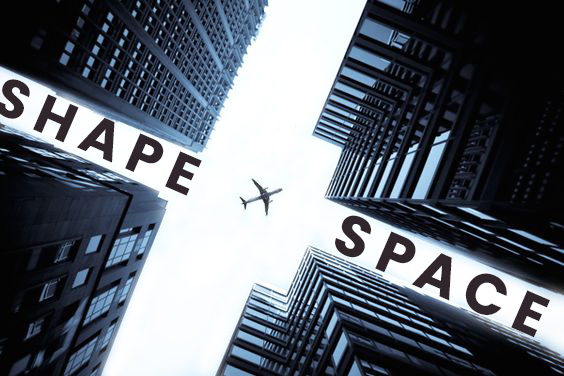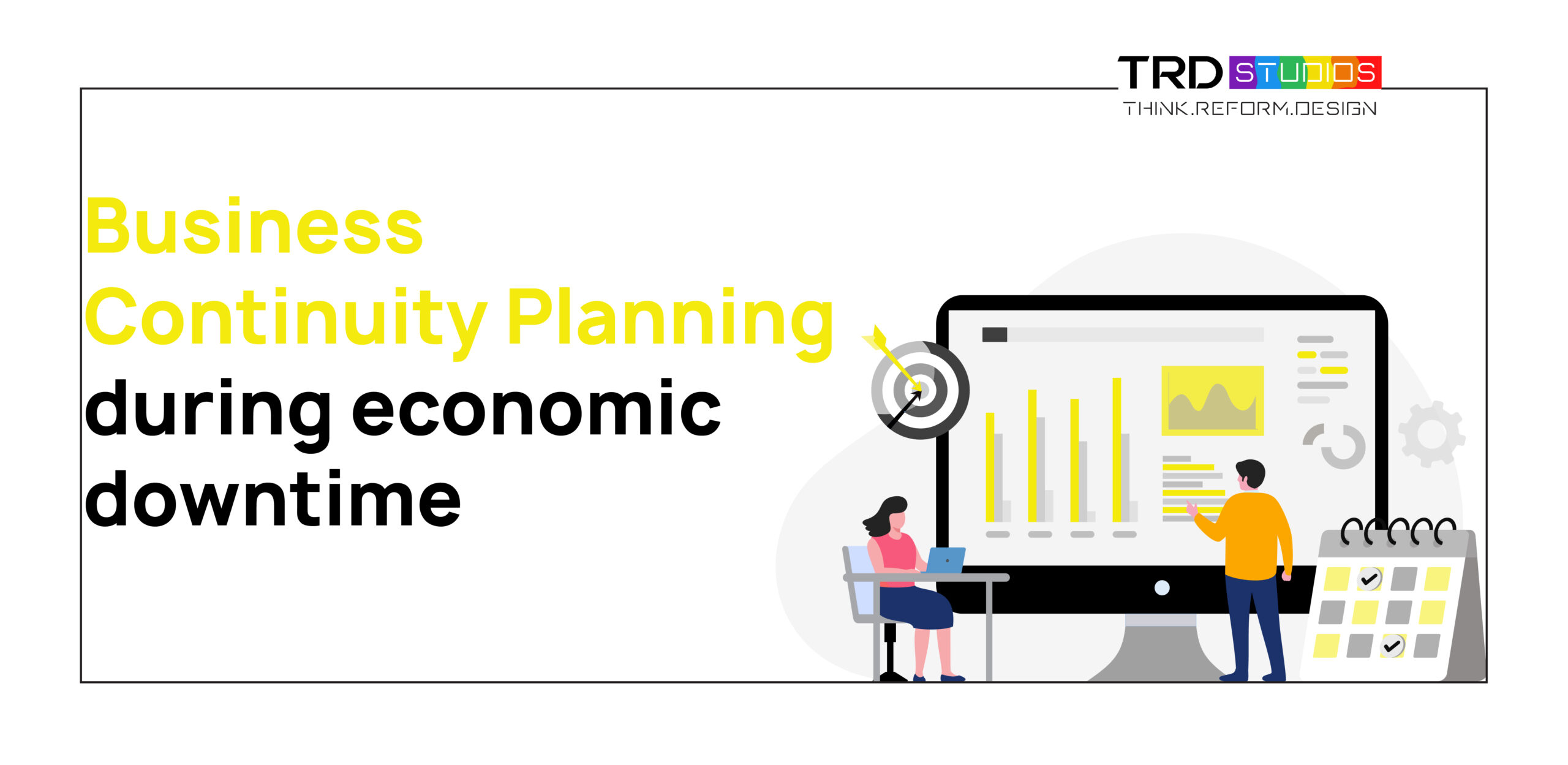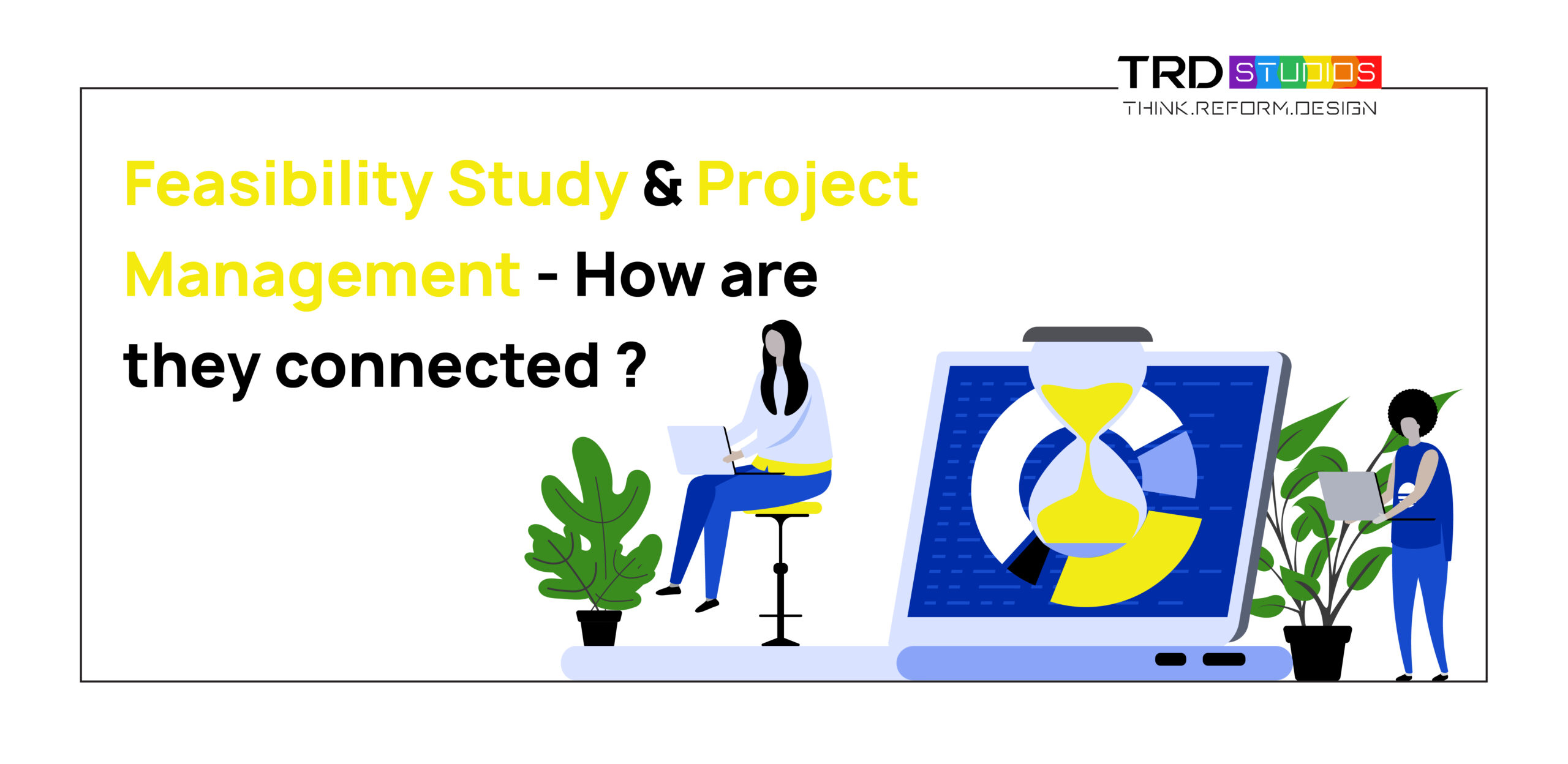Hey guys! I am back again with another blog about basic elements of design. Today we will talk about Shapes,Space and their importance in design. As far as design is concerned, every little element matters. So let’s get to know these elements a bit better.
Shape
My first deal with regular shapes was: Nope. As long as I was allowed to use rulers and other tools, I was fine. Yet regular shapes have a thing about them; their construction has to be done point to point and precise. This was tough at first. Oh for the 7th time of the day I sat constructing a flower of life that would give me the perfect fect hexagon. It clicked into place. I double checked all my measurements and yes there it was! A beautiful regular hexagon. There began my dalliance with geometry and shape.
Shapes are majorly divided into 2 categories:
Regular shapes
- These shapes are the very foundation of geometry. They are composed of sides of the same length.
- The interior angles are equal to each other.
- Often these shapes are used in contexts that need stability and visual regularity.
- Regular shapes like equilateral triangle, square, pentagon etc. convey a sense of stability since they tend to sit on one side.
- All regular shapes tessellate with each other without any gap, that is, they fit into each other smoothly as tiles do when repeated.
Irregular shapes
Irregular shapes are the joy of my life! When working with creating tessellations I created so many, each fitting into the other and then repeating the unit multiple times until they fit in together. Best part of irregular shapes is that their sides have no same specific measurements and neither do their internal angles match each other. Yet these shapes have to adhere to the rules of geometry in that the sum of all internal angles have to be S= (n-2)*180.
How to make and use them
Initially you would find yourself trying to take a shortcut using stencils, trying to skip construction, trying to work digitally in order to avoid the tedium of making shapes by your own hands. Yet, do it. As many times you make them you would see possibilities in their form and the uses you can get out of them. Be it regular or irregular, in design, you need to understand the form of the shape in order to actually use them in your work.
Space
“The dimensions of height, depth and width in which all things exist and move.”
Google’s definition sounds quite a mouthful doesn’t it? I promise it is a lot simpler than it sounds. Space is, in very basic terms, the volume/area (depending on the form) occupied or not occupied by a certain object, be it a line or a shape. We categorize shape into 2 kinds in design.
Positive Space
The volume/area occupied by the object you create. This the part of your canvas that is covered with your work, be it 2 dimensional or 3 dimensional. This is the part where you have full freedom to access the area to use. Simple right?
Negative Space
This is where it gets trickier. Negative space is all the area of your canvas that you aren’t using and how that affects your overall perception of the form you create. The way the negative space interacts with the object that you create, it can either make your form look good or bad depending on the context. Very clever manipulation is required.
How to use them to your advantage
Study up Gestalt laws. There are many properties like closure, unity, proximity amongst others that can be used to your advantage in your design work. At the end of the day, the message of your work matters and playing with space you use or you don’t use, is also another tool to help you achieve your goals.
Takeaway
Shape and space are two major pillars of design. While there is nothing such as good design, since it is all relative, the more one is clear about these fundamentals, the more they are able to bend and break the rules around them. I am realizing this every single day I am called upon to figure out the form of a product or the color of another or the lines of yet another. Hopefully this helps you guys out. Next up is Texture and Typography. Until then stay tuned!




